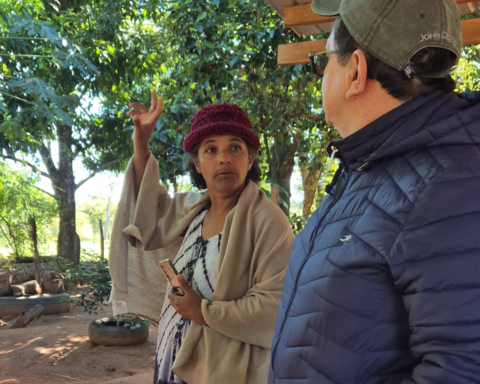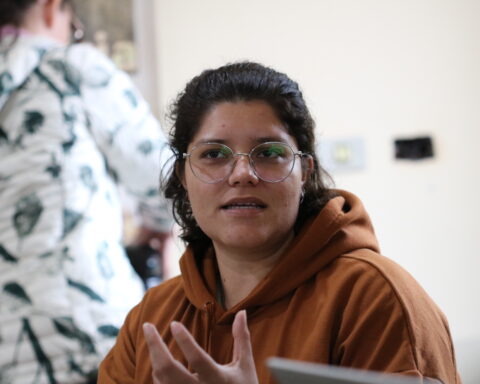Leia aqui artigo, em inglês, sobre a metodologia Ciência Cidadã e o aplicativo Sapelli, utilizados pela Ecoa para mapear regiões de pesca artesanal e reflorestamento, no Pantanal e Cerrado, principalmente em Mato Grosso do Sul.
O artigo publicado na revista Frontiers in Ecology and Evolution é intitulado “Using Sapelli in the field: methods and data for an inclusive citizen science”, em português, “Utilizando o Sapelli no campo: métodos e dados para uma ciência cidadã inclusiva”, e foi escrito, entre outros autores, por Rafael Chiaravalloti, o diretor científico da Ecoa.
Veja abaixo o resumo em inglês:
The Sapelli smartphone application aims to support any community to engage in citizen science activities to address local concerns and needs. However, Sapelli was designed and developed not as a piece of technology without a context, but as the technical part of a socio-technical approach to establish a participatory science process. This paper provides the methodological framework for implementing and using Sapelli in the field. Specifically, we present the role of Sapelli within the framework of an “Extreme Citizen Science” (ECS) methodology that is based on participatory design. This approach enables Sapelli’s users to decide, with the help of professional scientists, which challenges they wish to address, what data to collect, how best to collect and analyse it, and how to use it to address the problems identified. The process depends on the consent of participants and that the project is shaped by their decisions. We argue that leaving ample space for co-design, local leadership and keeping Sapelli deployment open-ended is crucial to give all people, and in particular non-literate people who we have found are often the most ecologically literate, access to the power of the scientific process to document and represent their concerns to outsiders in a way that all can understand, and to develop advocacy strategies that address the problems they identify.








